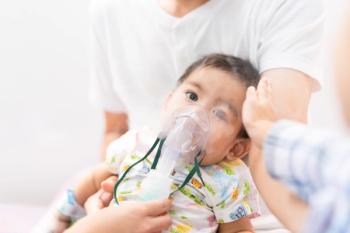
Birth day could determine risk of birth defects
Something as simple as the correlation between birth defects and pollution may b as simple as looking at the month a child is born.
Something as complex as the correlation between birth defects and pollution may be as simple as looking at the month a child is born.
A study by lead researcher Paul Winchester, MD, in the April
Researchers found that 11 of the 22 categories of birth defects were statistically significantly correlated to the date of conception (last menstrual period, officially), if that date was during April, May, June, and July. This held true even if the mother did not report any of the classic risk factors for birth defects – smoking, drinking, age, or diabetes.
What’s so special about these four warm months? There are elevated numbers of pesticides in the water supply then, among them nitrates and atrazine.
The study reminds readers that correlational evidence is not causational evidence. It used data from the US Geological Survey and the Environmental Protection Agency to determine when and where the elevated level of pesticides were.
Newsletter
Access practical, evidence-based guidance to support better care for our youngest patients. Join our email list for the latest clinical updates.









